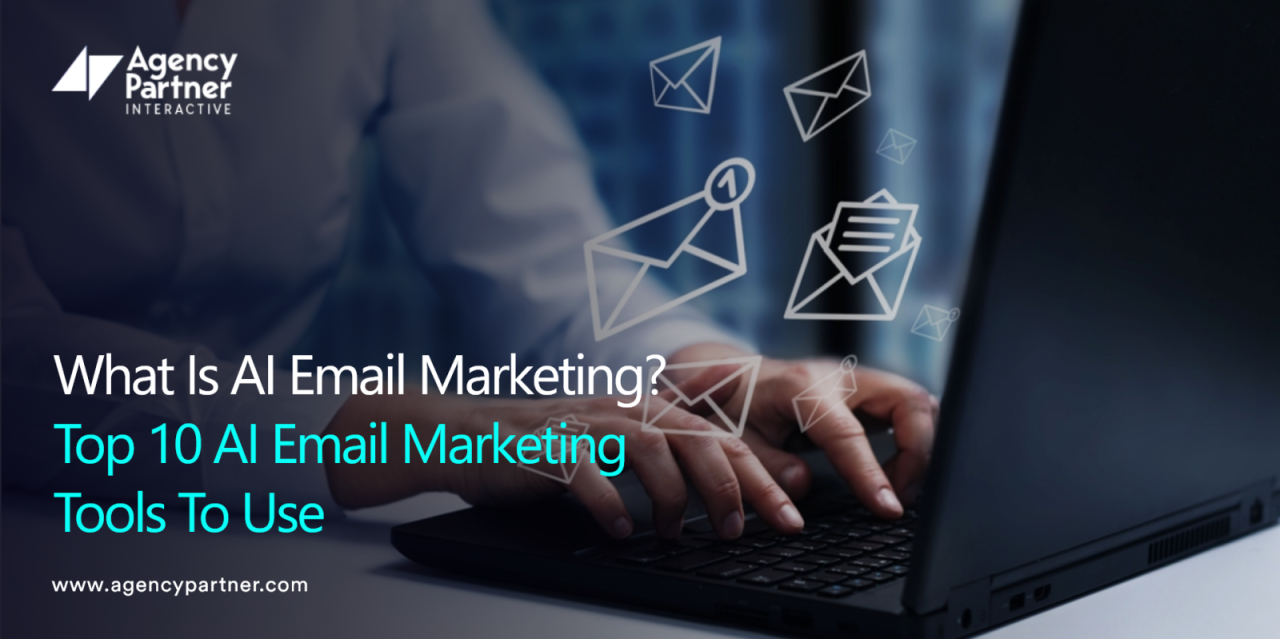
All Blogs, Digital Marketing
Earned Media Vs. Paid Media: Which Is Better for Your Company?
When it comes to marketing your company, there are two types of media that you can use: paid and earned. Paid media is the type that most people think about when they’re thinking about advertising, like TV commercials and radio ads. Earned media refers to any exposure that occurs naturally without you paying for it. Think about all the times you’ve seen a Facebook or Instagram ad or watched a video by an influencer on YouTube—those aren’t paid. Instead, they fall under the category of “earned” because they received free exposure due to something their audience did (like share something). There are pros and cons to both marketing campaigns, but in this post, we’ll discuss why each can help your business grow!
Paid Media
Paid media is any form of advertising that you pay for. It includes media outlets like TV, radio, print, and online ads. Paid media can be very effective at reaching a large audience—and depending on your company’s needs and goals, it may be the best choice for your marketing plan.
Paid media campaigns can also be used to build awareness around a new product launch or event. This approach tends to cost more than simply selling something directly via paid ads alone, but it can also help build brand recognition and sales momentum over time and boost traffic to your website after someone sees one of these ads online.
Examples of Paid Media
Paid media is a form of advertising that can be bought using ad words, ad networks, or other forms of advertising. Paid media is usually the most effective way to reach your target audience because it’s highly targeted and precisely placed. You can reach out to exactly the people who are interested in what you offer—and you’ll know before you pay for it that those people will see your ads.
- Ad Words: Google AdWords lets advertisers show ads on Google search results page based on search terms that users enter into Google Search and “display” networks (sites not owned by Google). The paid advertisements are marked with an “Ads by…” message at their bottom right corner—you’ll recognize them as they appear on many websites! The effectiveness of these ads depends on selecting good keywords. If there aren’t enough searches for a particular word or phrase, no one will see your ad. This can help smaller businesses find new audiences and larger companies reach more specific targets within their existing customer base.
- Display Networks: These include sites like Facebook or Hulu, where users look specifically for entertainment content; when someone clicks on an ad appearing there, it may direct them back onto another site like yours! You might have seen examples of this yourself if you clicked through YouTube videos on another website during browsing sessions.
- Social Media Ads: Social media platforms allow businesses direct access to user data such as age group/gender breakdowns based on publicly available information. This gives marketers better insights about potential customers vs. traditional online platforms, which rely solely upon demographic information.
Benefits of Paid Media
Paid media is a great way to start your marketing campaign. It allows you to be more targeted, measurable, reliable, and scalable. In addition, paid media can be used to test ad copy and landing pages before putting them into a larger-scale campaign.
Earned Media
Earned media results from a company’s actions, products, and services. It can be a positive or negative outcome, depending on what you do. Earned media is free, but it requires time and effort to earn it.
Examples of Earned Media
Earned media is a term that refers to the publicity generated by word-of-mouth, social media, and other forms of advertisement that are not paid for. In other words, it’s free. Earned media can be a great way to build brand awareness.
Earned media includes traditional methods like word-of-mouth advertising and social sharing, as well as newer ones like influencer marketing, which involves getting influencers to promote your products on their platforms (e.g., YouTube).
Benefits of Earned Media
Earned media is a powerful tool to boost brand exposure and loyalty and increase sales. Here’s how:
- Earned Media Brings You Exposure: Publicity can drive traffic to your website, increasing SEO effectiveness. People who read positive reviews about your company online or hear about you on the radio are more likely to visit your website and make a purchase.
- Earned Media Builds Brand Loyalty: The more publicity you receive, the more likely consumers will be loyal customers who spend money with you instead of other companies in your industry. This gives you an advantage over competitors since earned media builds trust between consumers and brands; people are more willing to buy from brands they have heard good things about than those whose products have been advertised heavily but haven’t received positive feedback from customers yet (or ever).
Earned Media vs Paid Media
Earned media is better for building trust and credibility, while paid media is better for getting your message to a large audience. To reach your target audience, companies should use both earned and paid media in their marketing campaigns.
Agency Partner Interactive
While there are many similarities between earned and paid media, there are also some significant differences to keep in mind for your business. While it is possible to have a successful campaign without these tactics, the internet marketing experts at Agency Partner Interactive recommend using both. If you need help developing your earned and paid media campaigns, contact a digital marketing strategist for a consultation today!














